Closing the Nutrition Education Gap
Back in February, we wrote about the Med School Nutrition Gap—the gap between the impact medical students say that nutrition education has on how they treat patients and the minimal amount of nutrition training that these students typically receive.
Now there's more evidence of this gap and suggestions on how to close it.
The Harvard Law School Food Law and Policy Clinic (FLPC) just released a report that found that the average medical student spent less than 1% of lecture hours on nutrition.
This excellent look at the issue from Danielle Masterson at NutraIngredients-USA emphasizes that poor diet is the leading risk factor for deaths across the globe, yet only 14% of physicians feel adequately trained to counsel patients on nutrition.
And while registered dietitians are trained experts on nutrition, primary care physicians are typically the first-line practitioner when it comes to diet.
For healthy food brands to truly meet the needs of consumers—whether it's food as medicine or simply eating a healthier diet—they must help support the efforts of health practitioners of all stripes to both understand nutrition themselves and communicate that knowledge effectively to patients and clients.
In this day and age, those health practitioners are a broad range of professionals, from registered dietitians to physicians, nurses, nurse practitioners, wellness coaches, and other allied health professionals.
Building around education is a core part of the societal solution to poor diets, but it is also a vital way for healthy food brands to add value, drive sales, and contribute to the health & wellness of Americans.
Consumers are being bombarded with health and wellness marketing messages every day. They depend on trained, knowledgeable, and trusted health professionals to help them separate what is true and useful from what is not.
Healthy food brands can help close the nutrition education gap for professionals—and simultaneously support the health and wellness goals of consumers.
